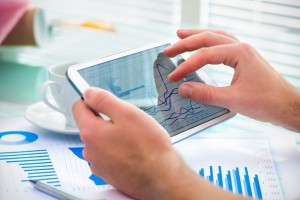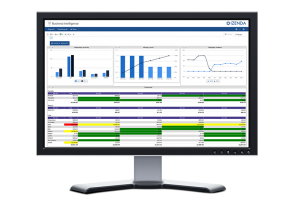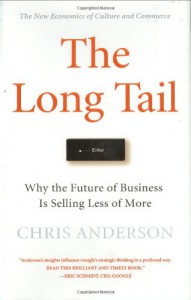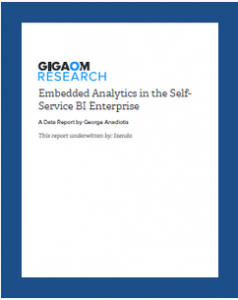 In July 2011, Gartner released a report “The Consumerization of BI Drives Greater Adoption.” Its main focus, the thinking at that time, was that business-intelligence tools were too difficult to use, slow to respond or didn’t deliver relevant content. A key sentence from Gartner’s press release: “BI users want to be able to just pick up and use the technology — they don’t want to have to read the manual.”
In July 2011, Gartner released a report “The Consumerization of BI Drives Greater Adoption.” Its main focus, the thinking at that time, was that business-intelligence tools were too difficult to use, slow to respond or didn’t deliver relevant content. A key sentence from Gartner’s press release: “BI users want to be able to just pick up and use the technology — they don’t want to have to read the manual.”
Today, Gartner, Gigaom Research, Forrester and others are all focusing on the benefits of self-service BI. Gigaom, in a recent white paper underwritten by Izenda, explored the importance of embedding BI tools inside applications. “Reporting and analytics must be embedded inside applications and end-users must be able to use their interfaces not just for running reports, but for designing them,” analyst George Anadiotis wrote.
It’s no surprise that end-users, whether digital natives or older consumers weaned on Amazon, Google and Facebook, have high expectations that the applications they use at work are modern, portable and easy-to-use. In a data-driven world, they want to create their own reports, dashboards and visualizations when they want it, where they want it and on whatever device they are using.
Read More
 Did you BYOD to work today? BYOD, or Bring Your Own Device, has been evolving as a business practice since at least 2009 in many industries. The idea of employees using their own laptops, tablets or cellphones for work has many supporters and many skeptics, especially those worried about security.
Did you BYOD to work today? BYOD, or Bring Your Own Device, has been evolving as a business practice since at least 2009 in many industries. The idea of employees using their own laptops, tablets or cellphones for work has many supporters and many skeptics, especially those worried about security.
 In July 2011, Gartner released a report “
In July 2011, Gartner released a report “ As
As  Have you heard the acronym SMAC? SMAC stands for Social, Mobile, Analytics and Cloud, the four parts of what many describe as a new “digital industrial revolution.”
Have you heard the acronym SMAC? SMAC stands for Social, Mobile, Analytics and Cloud, the four parts of what many describe as a new “digital industrial revolution.” 2017, Gartner said the majority of
2017, Gartner said the majority of  There is an often misused quote attributed to Henry Ford, although there is no evidence he actually said it. “If I had asked the people what they wanted, they would’ve said faster horses,” the old saying goes.
There is an often misused quote attributed to Henry Ford, although there is no evidence he actually said it. “If I had asked the people what they wanted, they would’ve said faster horses,” the old saying goes.
 The white paper explores:
The white paper explores: